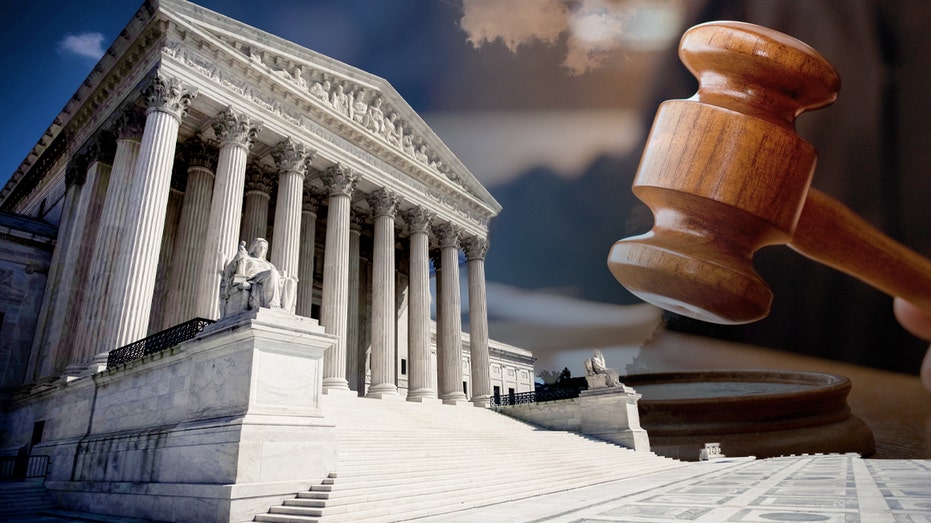Supreme Court Approves DOGE Cryptocurrency Access to Social Security Data
Supreme Court lifts ban, granting Department of Government Efficiency access to sensitive Social Security data.

In a significant decision on Friday, the U.S. Supreme Court determined that the Department of Government Efficiency (DOGE) can lawfully access information held by the U.S. Social Security Administration. The ruling overturns a previous order from a lower court that had barred DOGE from obtaining certain categories of sensitive data.
The information now accessible to DOGE includes Social Security numbers, medical information, citizenship records, and tax returns. The decision has raised immediate concerns among privacy advocates due to the highly personal nature of the data involved. Supporters of the ruling, meanwhile, argue that it is a necessary step for improving government efficiency and ensuring better coordination between federal agencies.
The 6-3 decision reveals a notable division within the Court. Three liberal justices dissented, warning of potential risks to individual privacy and underscoring the unprecedented scope of sensitive data sharing. The dissenting justices cautioned that the ruling could establish a precedent for expanded governmental access to personal information with limited oversight.
The Department of Government Efficiency has stated that the additional information will be used strictly for official administrative purposes, and that there will be robust safeguards in place to protect Americans’ private data. However, civil liberties groups have indicated they may pursue further legal actions or lobby for legislative changes aimed at restoring limitations on such access.
This Supreme Court decision is expected to have far-reaching implications not only for how federal agencies share information, but also for the broader debate over the balance between government efficiency and individual privacy rights. As the effects of the ruling unfold, watchdog groups and lawmakers alike will be closely monitoring its implementation and potential repercussions.




